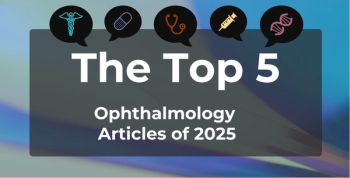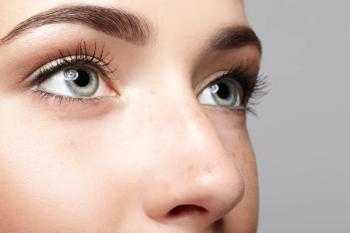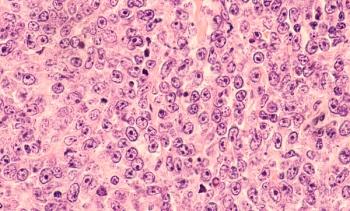
Migraineurs May Be at Greater Risk of Developing Neovascular AMD
Individuals in Taiwan who suffer from migraine were at an increased risk of developing neovascular age-related macular degeneration.
Individuals suffering from
AMD is one of the leading causes of blindness and visual impairment worldwide, while prevalence typically rises after age 75. Although previous research has found neovascular AMD is confined to the eye, newer studies have yielded evidence “on the co-occurrence of diseases affecting the eyes, heart and brain due to similar underlying vascular pathology, particularly showing that endothelial dysfunction may play a role,” authors explained.
For example, AMD has been shown to be associated with heart failure and cardiovascular disease; increased high-density lipoprotein cholesterol also increases AMD risk.
Notably, it has been suggested blood vessel pathology, specifically of endothelial cells, could play a causual role in migraine pathogenesis. However, blood vessels involved in migraine causation remains controversial, researchers said. Recent research has also underscored the role of
To investigate a potential link between migraine and neovascular AMD, investigators assessed claims data from patients listed in the Taiwan National Health Insurance (NHI) Research Database (NHIRD).
Between January 2010 and December 2016, a total of 26,209 patients received a first-time diagnosis of neovascular AMD. Of these, 20,333 individuals were included in the final analysis and matched with controls (n = 81,332) from remaining NHIRD beneficiaries.
“We estimated the odds of a previous diagnosis of migraine prior to the index date for cases relative to controls by matching the study patients to ambulatory care claims prior to the index date,” authors explained.
Mean patient age was around 71 years and 5184 sample patients (5.1%) had migraine prior to the index date (1215 patients with AMD [6.1%] and 3969 controls [4.9%; P < .001]).
Analyses revealed:
- An unadjusted OR of 1.239 (95% CI, 1.160-1.324; P < .001) for prior migraine among patients with AMD relative to controls
- An adjusted OR of 1.201 (95% CI, 1.123-1.284; P < .001) for those with AMD relative to controls (adjusted for age, sex, monthly income, geographic location, urbanization, hyperlipidemia, diabetes, coronary heart disease, hypertension, and cataract surgery)
Inflammatory markers in the eye may be linked to and co-occur with the activation of inflammatory pathways in the heart, potentially accounting for the shared common risk factors of AMD, cardiovascular disease, and stroke, researchers said. Endothelial dysfunction and oxidative stress are also common in AMD and cardiovascular disease, while dysregulation of vascular endothelial growth factors has been observed at migraine attack onset.
However, “the common molecular mechanisms underlying neovascular AMD, cardiovascular disease and migraine remain intriguing and complex, worthy of further investigation,” authors wrote.
The NHIRD does not include information on family history and lifestyle risk factors such as smoking and diet, marking a limitation to the study. Researchers were also unable to assess AMD severity and caution results may not be generalizable to ethnic groups outside of the Han Chinese ethnicity.
“Our study suggests that clinicians should be alert to the potential for neovascular AMD among migraine sufferers and should refer them for periodic fundus examinations by an ophthalmologist,” they concluded.
Reference
Kuang T, Xirasagar S, Kao Y, Ho J, and Lin H. Association of neovascular age-related macular degeneration with migraine. Sci Rep. Published online February 2, 2022. doi:10.1038/s41598-022-05638-5
Newsletter
Stay ahead of policy, cost, and value—subscribe to AJMC for expert insights at the intersection of clinical care and health economics.







































